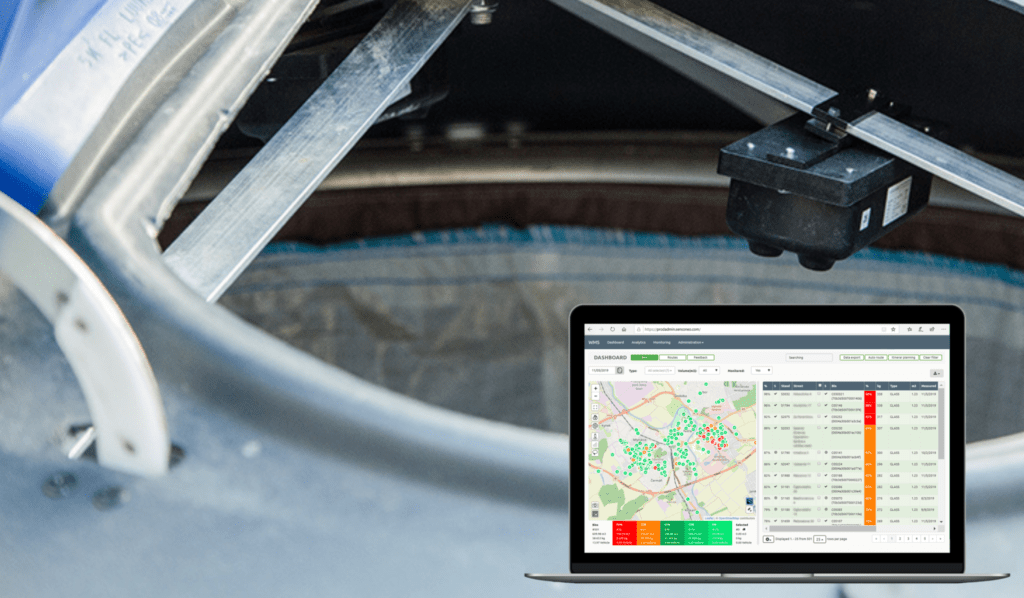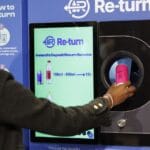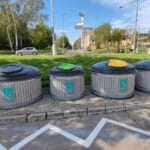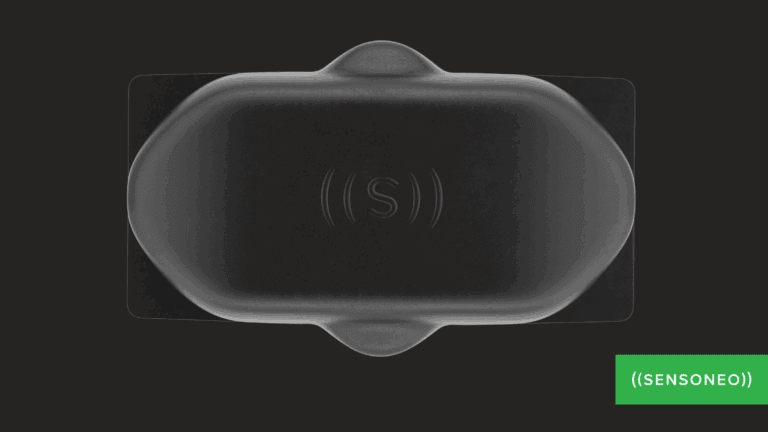3 smart waste solutions for making the waste collection an effective process

The expectations from waste collection companies and their challenges have remarkably grown in the past years. Rising fuel costs, digital transformation as well as more demanding requirements by cities, or private customers transform the standards of the waste collection industry.

Whether the motivation for the waste collectors, is driven by optimization and efficiency of their own operations, improvement of service quality, or simply a competitive advantage, Sensoneo offers a variety of smart tools and solutions that can support an effective waste collection – all of them are produced in-house in the EU and deployed in over 70 countries worldwide.
Targeting key waste collection pillars

Smart sensors by Sensoneo measure fill levels in bins and monitor any type of waste (mixed waste, paper, plastics, glass, clothing, bio-waste, liquids, electronics, metal etc.) in bins and containers of various types and sizes. Sensoneo ultrasonic bin sensors are designed, developed, and produced in-house (made in the EU). The sensors are robust, water and shock-resistant, fully functional within a wide temperature range, and are set to measure from 3 cm up to 12 m.
Sensoneo Waste Monitoring solution provides customers real-time online access to fill-level monitoring data. The solution ensures the customers have full control over the monitored bins and that they are aware of any critical condition and they can facilitate dynamic waste collection.

Manage access to bins and containers remotely
Remote digital management of access to bins ensures that only authorized people can access the bins. This solution should also facilitate the introduction of PAYT (Pay-As-You-Throw) for apartment buildings that otherwise must be done via door-to-door collection only.
Waste Access Management can also be very beneficial for waste collectors who can easily control who and when accessed bins, and for producers and distributors of the bins as it significantly increases the bins’ value.

Automate planning of most efficient routes
Route planning solution automating the management of the waste collection routes, based on precise pre-defined data regarding waste collection vehicles, depots, and landfills/ incineration sides. The aim is that every single waste collection route is planned to maximize the utilization of the resources (fleet, FTEs, time) and to minimize the costs by decreasing the greenhouse gas emissions produced by waste collectors. Operators schedule all routes in the Route Planning and drivers can access them in the Driver Navigation App.
The Introduction of the Route Planning solution results in fewer kilometers driven per kilogram of collected waste and the full utilization of vehicle capacity and availability. More efficient routes help minimize the negative impacts of waste collection in the city with fewer emissions and less traffic congestion.

Latest blog articles
 Sensoneo
SensoneoSensoneo announced a series A investment of more than 6 million euros
Read more DRS
DRSSensoneo presented its technologies to the Dutch Royal Couple
Read more Sensors
SensorsSmart waste innovation protects businesses from cooking oil theft
Read more Awards
AwardsThe Schaeffler company received Innovation Award for the digitalization of their waste management
Read more
Smart Waste Newsletter
Get monthly updates from our company and the world of waste!























